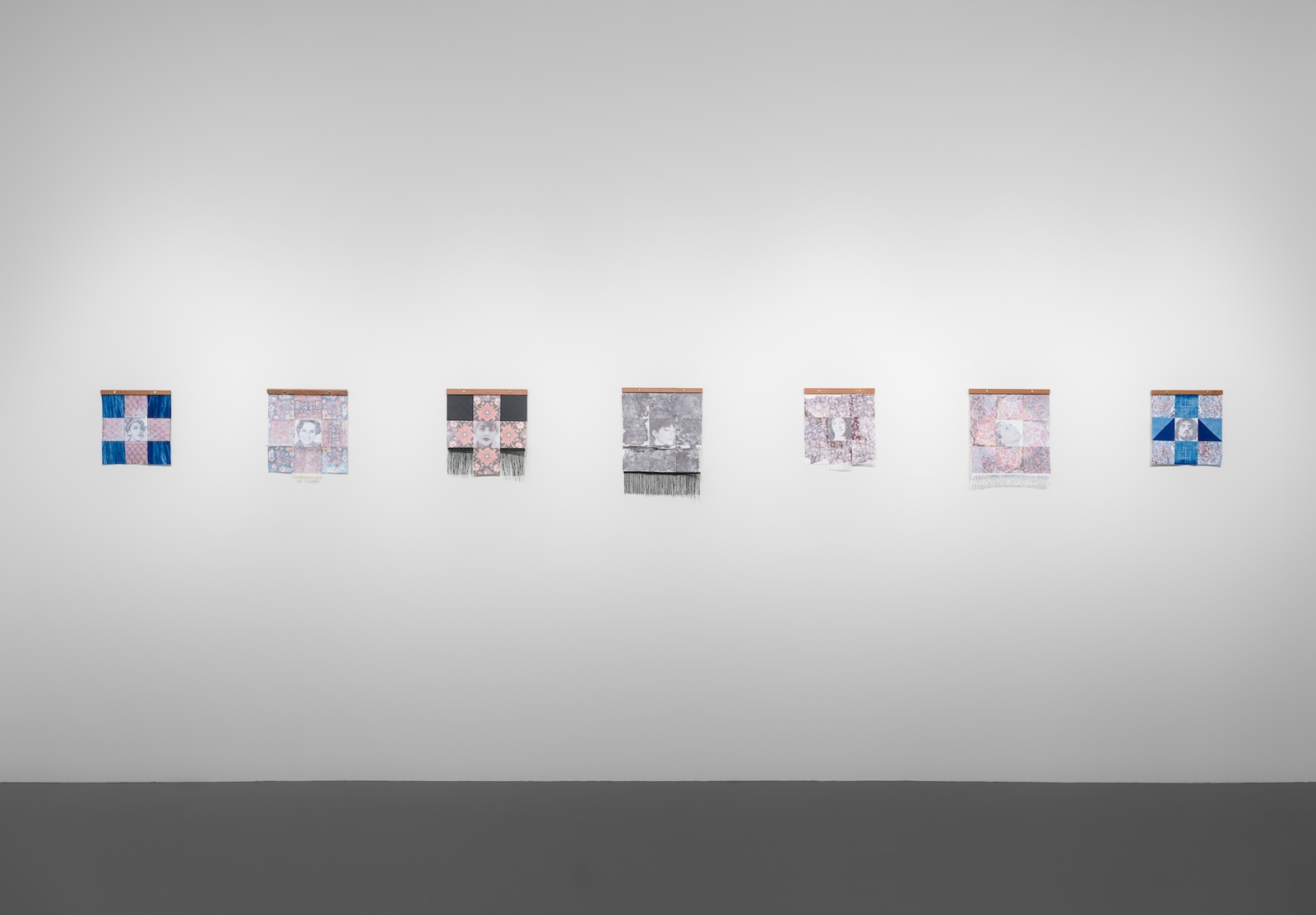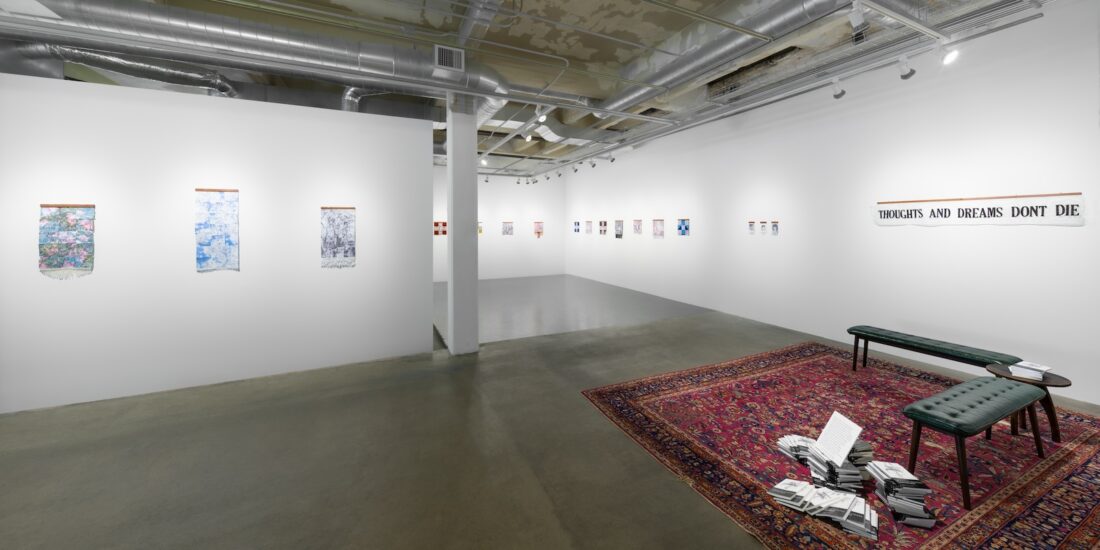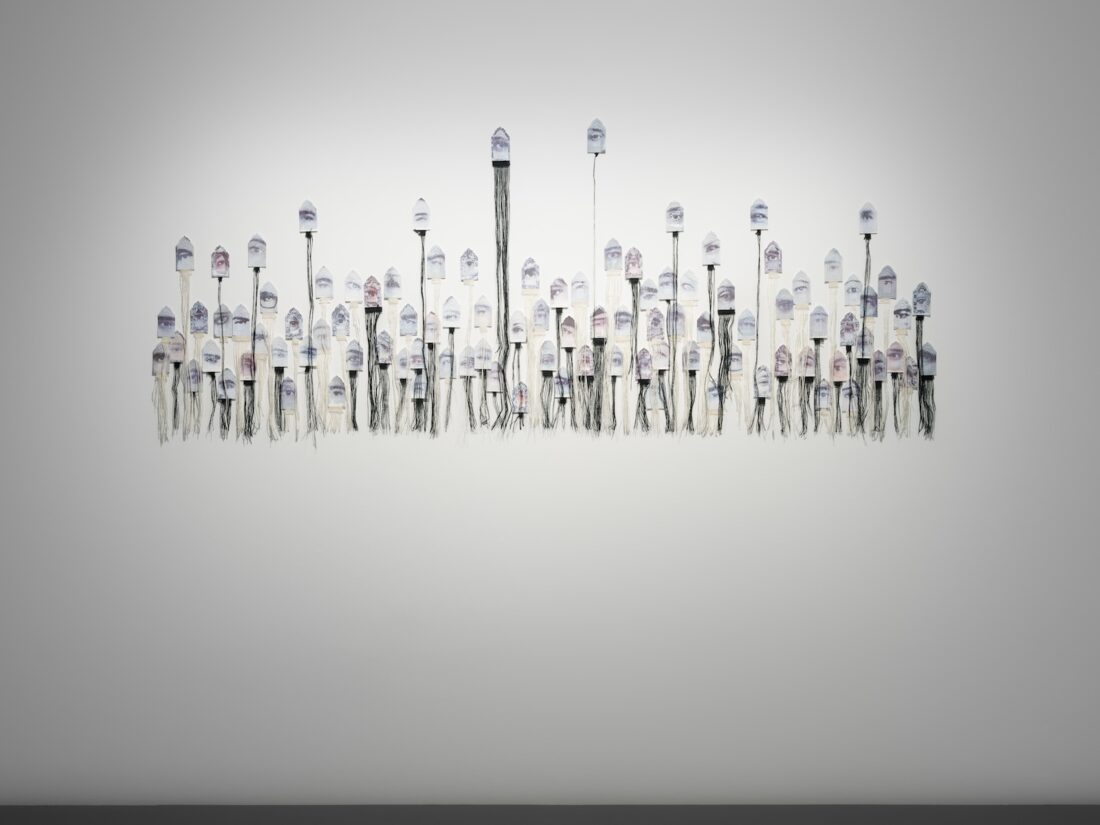Revolutionary Legacy: Audineh Asaf reveals the Iranian history and people in Remember Me

“If you meet an Iranian in the U.S., they’ve either been a political prisoner or are related to somebody who has,” says interdisciplinary artist Audineh Asaf.
Her father came to the United States as a college student in 1977 as Iran was on the cusp of revolution, but another family member was less fortunate: He was imprisoned in Iran in the 1980s for reading an anti-government book. “Obviously, that created a lot of trauma in the family,” Asaf says. “Prison in the U.S. is extremely different from prison in Iran. Torture is a part of what any and every prisoner experiences.”
Asaf’s Gallery 4Culture exhibition, Remember Me, traces back to her formative memories from that time, though it was sparked into being by much more recent political events—events that completely changed the trajectory of her art career.
Until recently, Asaf eschewed making political work, preferring to explore her Iranian American culture and identity by creating sheer beauty, often inspired by nature and the floral motifs of Persian carpets. “I really avoided politics in my art,” she says. “I avoided negative portrayals of Iranians and Iranian culture—because too often people only know and understand Iran and the context of war and terrorism.”
That all changed two years ago, when a young woman named Mahsa Amini was detained, abused, and killed by Iran’s morality police for violating the country’s hijab rules and allowing a small amount of her hair to show around her face. Her death and defiance inspired a massive uprising against human rights violations by Iran’s current regime—led by women and young people.
“I had never in my life seen a woman on the streets of Iran taking her headscarf off,” Asaf says. “I was so deeply moved to not only document these acts of protest, but to amplify the voices that were being silenced and censored by the Iranian government. I felt it was my duty to bring awareness to what was going on.”
Remember Me features 14 mixed-media portraits of Iranian political prisoners, activists, innocent bystanders, and more, including Mahsa Amini. Drawing on the traditions of Persian carpets and American quilting, they are tapestries of hand-dyed and distressed fabric, embossed paper, and acrylic transfers of photographs, with gallery tags that provide the names and stories behind people in the portraits. Despite the heavy meaning behind them, the artworks have a delicacy. “I wanted to show the wear of this life and of imprisonment, things being held together by threads,” Asaf says.

Choosing who to depict in these portraits wasn’t easy. Asaf wanted to represent a variety of people from different backgrounds, who had been involved in different movements for freedom during her lifetime. In the end, she decided to focus on individuals whose stories resonated with her most, exhaustively researching them in order to infuse each portrait with meaningful specificity. (A wall installation features the eyes of 100 additional people.)
To create the artworks in the exhibition, Asaf also tapped into the long history of American quilts and Persian carpets as record-keepers that “reveal a lot about the time that they were created” through their materials and construction.
She also sought to connect with them on a more spiritual level. “Whether they are still alive or not, I try to communicate with them and ask for permission to represent them,” she says. “It’s almost like method acting—like method art-ing. I don’t want to sound too crazy or weird, but I’ll say things to them as I’m creating their portrait, letting them know how much it means to me to represent them, telling them how beautiful they are, thanking them.”

In the course of her research, Asaf discovered the poetry of Mahvash Sabet, a prisoner of conscience currently serving a second prison sentence in Iran for her Baháʼí faith. Asaf was moved by the beauty of Sabet’s words—created in the face of unthinkable suffering—and by how Sabet somehow found a way to write them and smuggle them out of prison: Using a pen she was likely to find. Writing on napkins. Sewing them into the garments of prisoners just before their release. Relaying them a line or two at a time during phone calls with family.
Excerpts of Sabet’s poems appear in three of the works in Remember Me, disguised so that they can only be read up close—a nod to the poems’ subversive origins. Asaf is also offering 100 copies of Sabet’s Prison Poems to gallery visitors for free. She encourages visitors to the gallery to read the book in an area where she’s placed a large Persian rug, which she acquired through a stroke of serendipity. Asaf knew she wanted to place a large rug in the space, but she didn’t have one big enough (her family only had small ones that fit into a suitcase) nor did she have thousands of dollars to buy one. So she reached out to a bunch of local rug shops, and one of them responded.
“I came into the shop and to talk with this very kind man who has owned it for 20, 30 years,” Asaf says. “He told me his sister was executed in 1982 for being Baháʼí. He told me her story and sent me an article a human rights organization had written about her. He ended up essentially gifting me the carpet.” Asaf researched the shop owner’s sister—and she wound up becoming the subject of one the exhibition’s portraits, her image stitched together with transferred photographs of the carpet itself.
“Even though the media isn’t talking about it, these issues persist,” she says. “People are still being persecuted, they’re still being executed, they’re still in prison. I feel as though I’ve finally found my life’s purpose.”
Remember Me is on view through Sept. 26.
